Robert Harrison. Sustainable Ceramics. London: Bloomsbury, 2013.
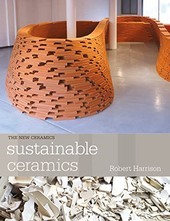
ISBN 978-1-4081-5758-9
Robert Harrison draws on more than four decades of making to present practical possibilities for ceramic artists. It covers all the factors to consider when going ‘green’, from fuels and alternative firing technology to energy-saving methods, sustainable ways to collect and use clay itself, and ways to deal with waste materials and save water. He suggests simple and achievable methods by which to reduce the carbon footprint of ceramic art, and offers examples throughout of practitioners who reclaim, reuse and recycle in their work.
Sara Howard. Circular Ceramics. UK: Sara Howard, 2023.
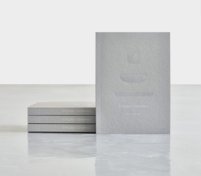
ISBN 978-1-7393521-0-3
Sara Howard is one of the artists from the exhibition Sustainable Ceramics #1: Recycled, Repaired, Reactivated and makes incredible work from waste material. Accompanying her work she published this amazing publication on her production processes. It explores the issues and proposed solutions of ceramics production, that can be applied to all scales of production. The softback cover is made from 100% post-consumer raw materials. The 168 internal pages are FSC certified.
Bonnie Kemske. Kintsugi: The Poetic Mend. London: Herbert Press, 2021.
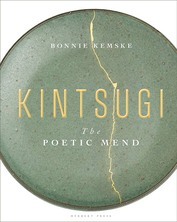
EAN 978-1912217991
A stunning book on kintsugi, the Japanese art of repairing broken pottery with precious metals to highlight its history beautifully. A broken pot is made whole again, and within its golden repair we see a world of meaning. Kintsugi is the art of embracing imperfection. In Western cultures, the aim of repair has been to make the broken item 'as good as new'. Kintsugi on the other hand, is a Japanese art that leaves an obvious repair - one that may appear fragile, but which actually makes the restored ceramic piece stronger, more beautiful, and more valuable than before.
Yuliya Makliuk. Potters Save the World: Learn to make sustainable ceramics and help protect the Earth. Independently Published, 2023.
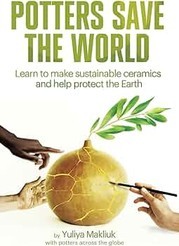
ISBN 979-8864765364
Learn to create sustainable and ethical ceramics that makes the Planet - and you - thrive! Unlock the secrets to environmentally-friendly pottery and let go of eco-anxiety as a ceramicist with 'Potters Save the World.'
Katie Treggiden. Wasted: When Trash Becomes Treasure. Amsterdam: Idea Books B.V, 2020.
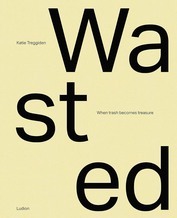
ISBN 978-9493039384
The book celebrates 30 optimistic and enterprising designers, makers and manufacturers who use waste as their primary resource, offering a rare glimpse into the embryonic world they inhabit. Accompanying these profiles, five in-depth and thematic essays will explore the societal, cultural and environmental implications of their work.
%20PH2023-010_01.jpg?width=360&height=556&mode=crop)











